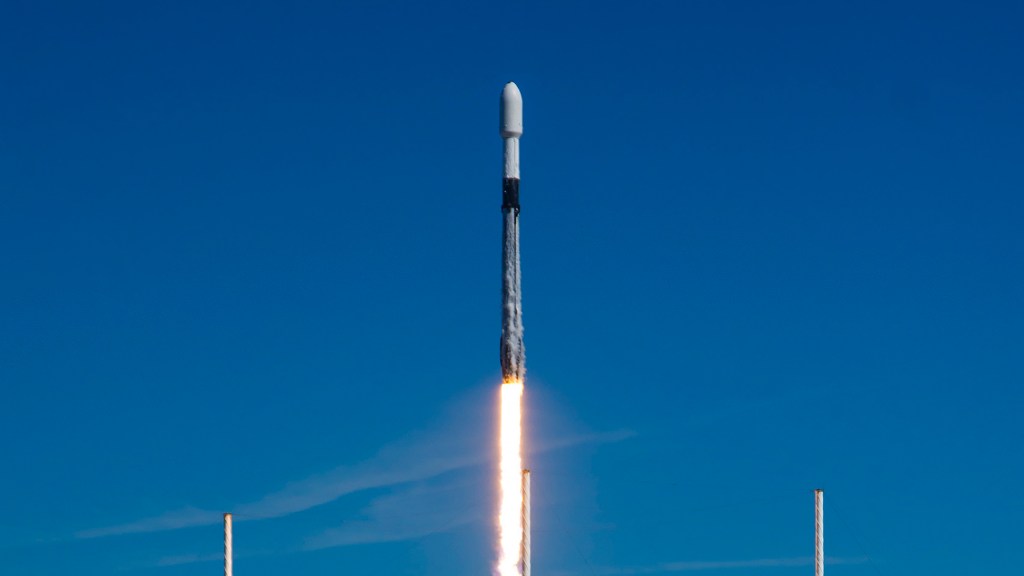NASA is making headlines this week with a flurry of activity, from a trio of new space weather missions set to launch on a Falcon 9 rocket, to the arrival of a massive cargo shipment at the International Space Station, and ongoing preparations for the Artemis Moon program. Here’s what’s happening inside America’s iconic space agency—and why it matters for all of us.
NASA’s Space Weather Blitz: Three Missions, One Rocket
In a move that’s set to reshape how scientists monitor the Sun and its impact on Earth, NASA announced the upcoming launch of three new missions aboard a SpaceX Falcon 9, scheduled for no earlier than September 23. The missions include:
-
Interstellar Mapping and Acceleration Probe (IMAP): Designed to study the boundary where the solar wind meets interstellar space, helping researchers understand how cosmic rays and solar particles affect our planet.
-
NOAA’s Space Weather Follow On – Lagrange 1 (SWFO-L1): A collaboration with NOAA, this probe will provide real-time data on solar storms that can disrupt satellites, power grids, and communications.
-
Carruthers Geocorona Observatory: Named after pioneering astrophysicist George Carruthers, this telescope will capture images of Earth’s “invisible halo”—the faint light from our planet’s outermost atmospheric layer.
NASA officials, NOAA scientists, and university researchers are set to discuss the science behind these missions in a live news conference, underscoring the growing urgency to understand and predict space weather events that can impact life on Earth.
ISS Welcomes Northrop Grumman CRS-23 Cargo Delivery
Meanwhile, NASA’s partnership with Northrop Grumman hit a milestone as the CRS-23 mission arrived at the International Space Station on September 18. The Cygnus spacecraft delivered over 11,000 pounds of scientific experiments, supplies, and hardware to support ongoing research in microgravity.
This mission faced a brief delay earlier in the week due to a propulsion issue, but NASA and Northrop Grumman engineers resolved the problem, ensuring a safe docking and continued support for the orbiting laboratory.
Artemis Astronauts Train for Moon Landings in Colorado
The Artemis program—NASA’s ambitious plan to return humans to the Moon—continues to ramp up. Astronauts selected for upcoming lunar missions have been spotted in the Colorado wilderness, practicing moon landing techniques in rugged terrain that mimics the lunar surface. These exercises are critical for preparing crews to navigate the challenges of landing and working on the Moon’s South Pole, where NASA aims to send the next American and first international astronauts.
NASA’s Exoplanet Count Hits 6,000
In a quieter but equally significant milestone, NASA confirmed that its official tally of exoplanets—planets orbiting stars beyond our solar system—has reached 6,000. The agency’s Exoplanet Science Institute at Caltech continues to add new discoveries, with more than 8,000 candidate planets awaiting confirmation. This relentless search for other worlds is fueling hopes of finding life beyond Earth.
What’s Next for NASA?
With new missions launching, astronauts training for lunar exploration, and a steady stream of scientific breakthroughs, NASA is showing no signs of slowing down. The agency’s focus on space weather, lunar exploration, and planetary science is setting the stage for discoveries that could change how we understand our universe—and our place in it.
Stay tuned: As NASA pushes the boundaries of exploration, expect more news on upcoming launches, international partnerships, and the next wave of scientific discoveries.
Sources
1. NASA Science News Conference on Three New Space ... - YouTube
2. NASA
3. New NASA Mission to Reveal Earth’s Invisible ‘Halo’
4. 2024 News Releases
5. NASA training Artemis moon astronauts in Colorado wilderness photo of the day for Sept. 18, 2025
6. Latest News, Missions and Discoveries from NASA Science
7. NASA, Northrop Grumman postpone Cygnus XL arrival to ISS following propulsion issue
8. All NASA News
9. The Mars Report: September 2025 — Special Edition
10. NASA News
